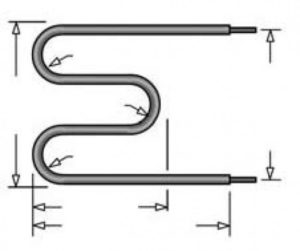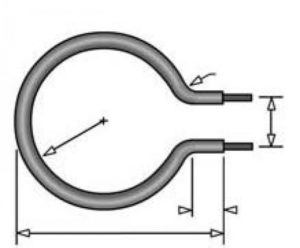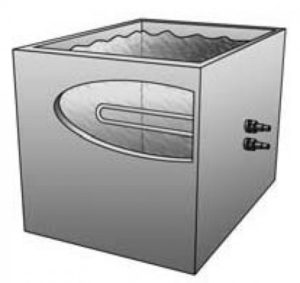Improving the Heater Design: The Value of Simulation for Saving Material Costs and Reducing Design Time
Last updated on November 9th, 2023 at 05:34 pm
 This article highlights the value of efficient design in developing high quality heaters for the process industry. WATTCO uses advanced techniques such as computer simulation to produce effective heaters that not only provide efficacy but also save significant construction time and material costs.
This article highlights the value of efficient design in developing high quality heaters for the process industry. WATTCO uses advanced techniques such as computer simulation to produce effective heaters that not only provide efficacy but also save significant construction time and material costs.
From its inception, WATTCO has emphasized quality. This often required over-designing and over-engineering heaters for the process industry. To ensure quality, designs of WATTCO’s heaters were based on chosen parameters to deliver performance, rather than on company concern for cost or design time. A complicated design often took years to create a prototype. Building prototypes also took considerable investment.
Design Using Simulation
WATTCO has begun to design heaters using simulation in recent years. Simulation or computer aided design (CAD) techniques provide insight into manufacturing. These techniques or simulations can study the behavior of heaters that are subject to external effects such as fluid dynamics, thermal and structural stress in scenarios very similar to reality. Design by simulation has several benefits. For example, it reduces design time and design costs. This is possible because simulation helps to optimize the design. The cost benefit comes from recommending precise dimension of heater components, for example flanges. This reduces costs on various materials.
Furthermore, WATTCO engineers avoid the significant cost of prototyping. It is often not necessary for intermediate steps. In particular, WATTCO could reduce the flange thickness (See Figure 1.) as much as 50% using simulation—without degrading the heater performance. In fact, this kind of optimization leads to enhanced performance in addition to significant material cost savings.
Baffles in Heaters
WATTCO engineers use simulation to improve heat transfer for process heaters that use baffles. Simulation provides an understanding of how baffles can be used in a heater where heater shape, viscosity, fluid temperature, fluid dynamics are taken into account. Baffles are often used in round-shaped heaters to improve mixing for low viscosity fluids. (See Figure 2.) Traditional designs recommend a baffle design that is subject to tank diameters, as shown in Figure 3. A simulation design can provide more precise information for the number of baffles as well as their angles. WATTCO also specifies the exact location of baffle mounting on heaters, for example, based on the baffle width.
WATTCO is enhancing heater design for the process industry including the petrochemical industry and the semi-conductor industry. Performance and safety can be assured while still keeping a lid on cost for design.
In the case of liquids that have solid suspension baffles should induce swirl, ensuring particles are in constant motion.
WATTCO engineers rely on simulation to provide design details that are accurate and reliable. The main reason for accuracy comes from the fact that simulation not only considers the theoretical modeling but also exhibits the heater behavior based on different external and real time scenarios as if they are being used in their actual industry environment. Design engineers also find simulation or computer modeling efficient as it provides flexibility in changing parameters to see the performance even before a prototype is fabricated.



